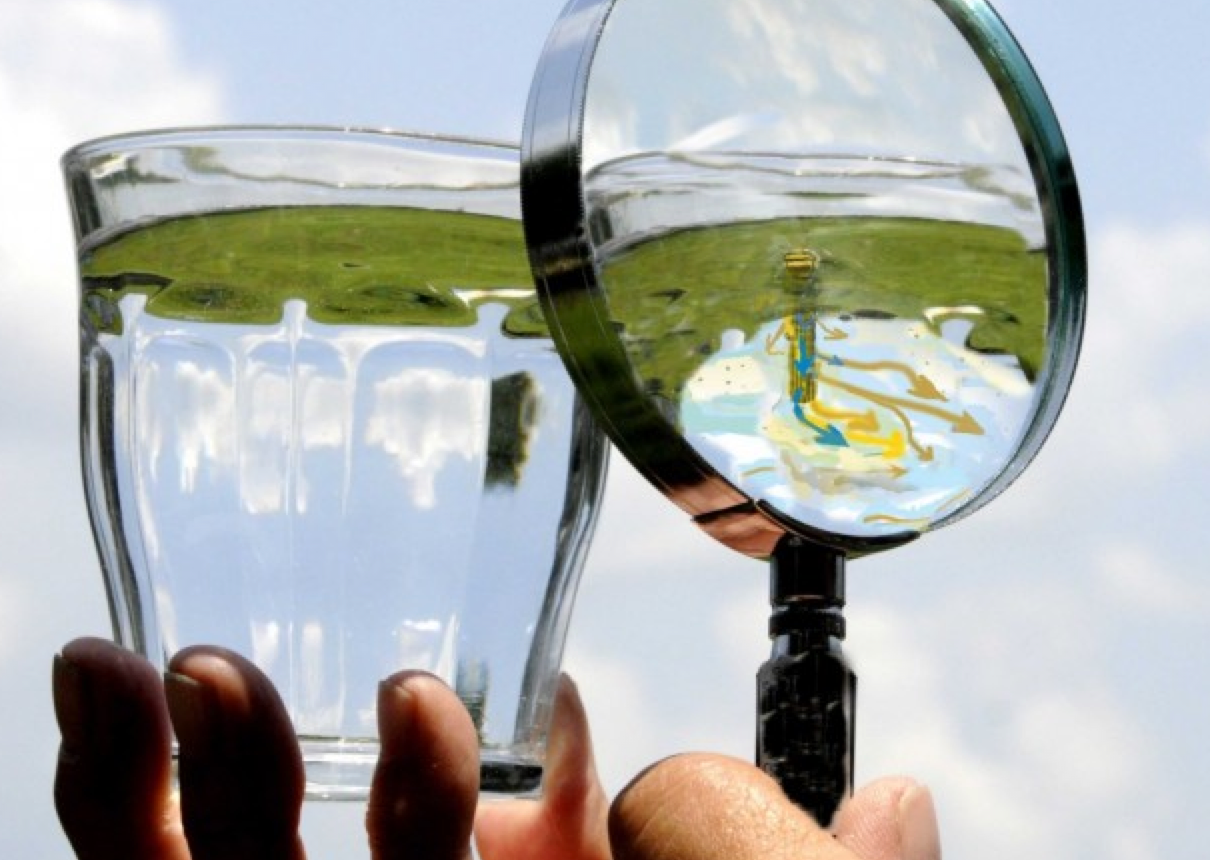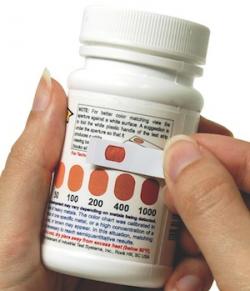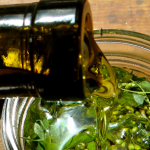The Environmental Protection Agency requires that water meets a narrow set of quality guidelines before being made available for human consumption. However, there are hundreds of harmful contaminants that are not included on this list. Water quality can not always be determined by look, smell or taste alone. It’s very important to sample water from a source before using it for potable purposes.
Water test kits are available that can identify anything from a small range of common contaminants, a specific set of pollutants or compounds to a vast array of different substances. It is important to note that not all kits are perfect for every situation. If you are drinking from treated water, then you only need to check for the presence of certain bacteria and heavy metals. If you are drinking from an untreated groundwater source or from a body of water, then you will need to test for a broader range of substances.
Make sure that you are using a test kit that will be relevant to your particular location and situation. Let’s take a look at some common contaminants that end up in water supplies as well as their potential risk to humans.
Toxic Metals
Toxic metals are usually present downstream from mine sites, mineral-rich mountains or soils and centers of industry and manufacturing. They include copper, iron, lead, sulfur and mercury. Avoid consuming water with metals at all costs. Many filters are not capable of removing these elements, and boiling them does little for purification. The ingestion of excessive amounts of these metals can cause a wide-range of health problems from organ and tissue damage to impairing thoughts and emotions.
Toxic Chemicals
Toxic chemicals and compounds are prevalent in most of our waterways to one degree or another. However, the concentrations that exist in treated as well as municipal groundwater supplies tend to be minimal. Water obtained from wells, rivers, streams and lakes should be tested for things like chlorine, arsenic, boron and nitrogen.
All of these substances are toxic to human health once they reach certain concentrations, and they are commonly found in bodies of water that transport runoff from precipitation. Test kits are readily available to detect the presence of chemicals. There are also numerous types of treatment tablets that can be used to neutralize these compounds and make the water safe to drink.
Organic Matter
Large concentrations of organic waste can set the stage for bacterial and parasitic growth. Common water-borne diseases tend to exist in waters that include these types of contaminants. Most filters and purification tablets are designed to capture organic matter and purify water supplies. Keep in mind that water that appears to come from a clean and purified source may still be tainted and contaminated with these and other pathogens. Most simple test kits will test for these particular impurities.
Remember that testing water will only tell you if certain chemicals or substances are present. It will not tell you about all of the contaminants, nor will test kits provide you with treatment options. Make sure that you avoid drinking from contaminated water that can not be purified, and use the right kits and treatment options based on local water conditions to avoid exposure to toxins.
Water purification gets a lot of attention in the world of prepping, but it’s equally important to accurately test for water quality as well. Make sure to stock up on an array of test kits that will work under various circumstances in order to maximize protection by minimizing exposure to contaminants during a survival situation.
















